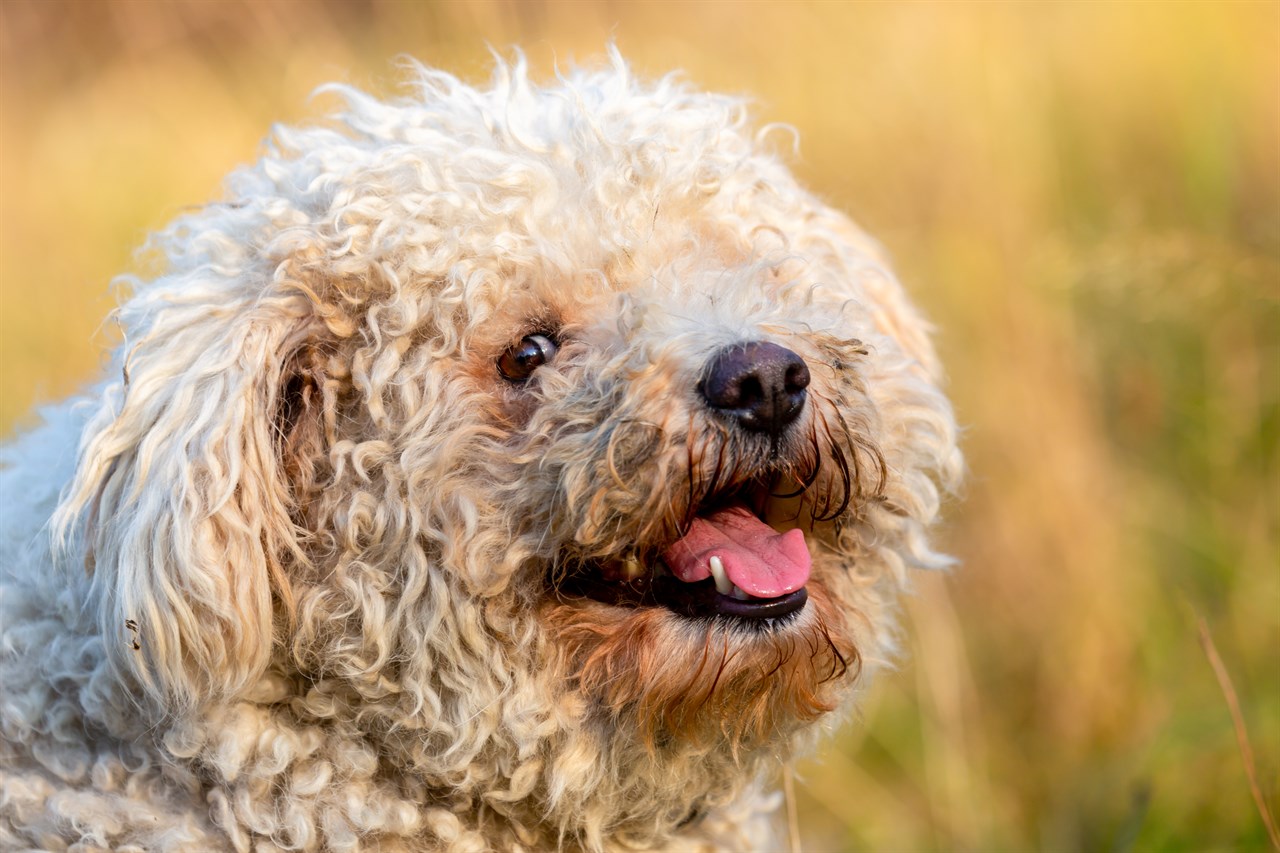Shedding Characteristics of the Pumi: Low Shedding and Curly Coats

One of the standout features of the Pumi breed is its coat, which has a direct impact on its shedding characteristics. Pumik are known for their unique, curly coats, which contribute to their low shedding tendencies.
Low Shedding Coats
Pumik have a dense and curly coat that consists of a soft undercoat and a wiry topcoat. This combination results in a coat that sheds very little compared to breeds with single-layered, short, or long hair. The tight curls trap loose hair, keeping it from falling out as readily as it would in breeds with straight or smooth coats.
Regular Grooming Required
While Pumik may not shed much, their curly coats require regular grooming to prevent matting and maintain their overall health. Routine brushing helps remove loose hair and keeps their coats in good condition. Neglecting grooming can lead to tangles and mats, which can be uncomfortable for the dog and may necessitate a significant haircut.
Hypoallergenic Qualities
The low-shedding characteristic of Pumi coats can make them a suitable choice for individuals with allergies. However, it's important to note that no dog breed is entirely hypoallergenic. Allergies can be triggered by proteins found in a dog's skin cells, urine, and saliva, rather than just their hair. People with allergies should spend time with a Pumi before bringing one home to ensure they don't have an adverse reaction.
Are Pumi Dogs Hypoallergenic?
While Pumik are not considered entirely hypoallergenic, their low-shedding coats can make them a more tolerable option for individuals with allergies. Since they shed very little hair, there is less loose hair carrying allergens into the environment. Additionally, their dense and curly coat may help trap allergenic particles. However, it's crucial to remember that allergenic reactions can vary from person to person, and what works for one individual may not work for another. If you have allergies and are considering getting a Pumi, spending time with one beforehand is advisable to assess your personal tolerance to the breed.